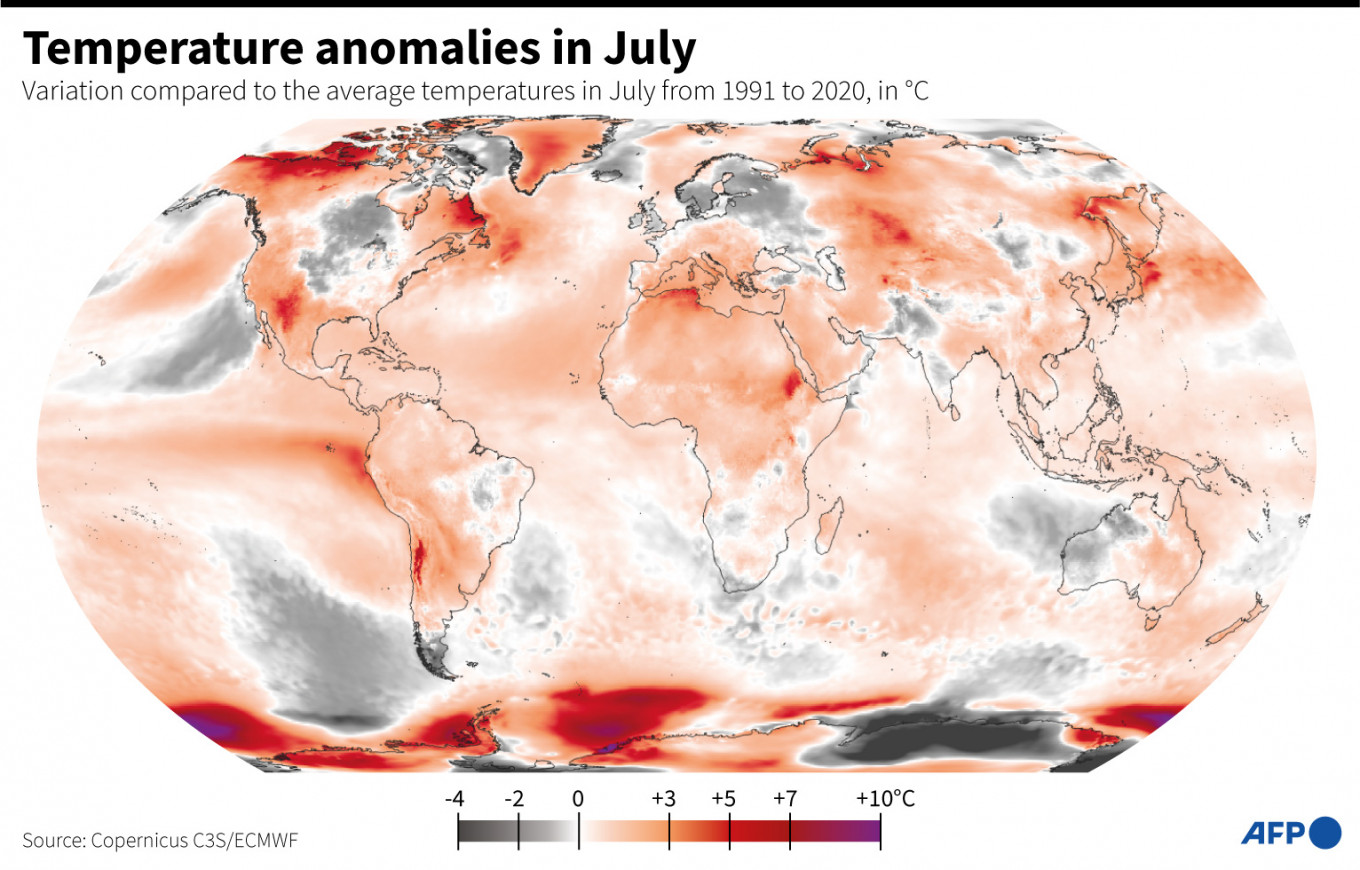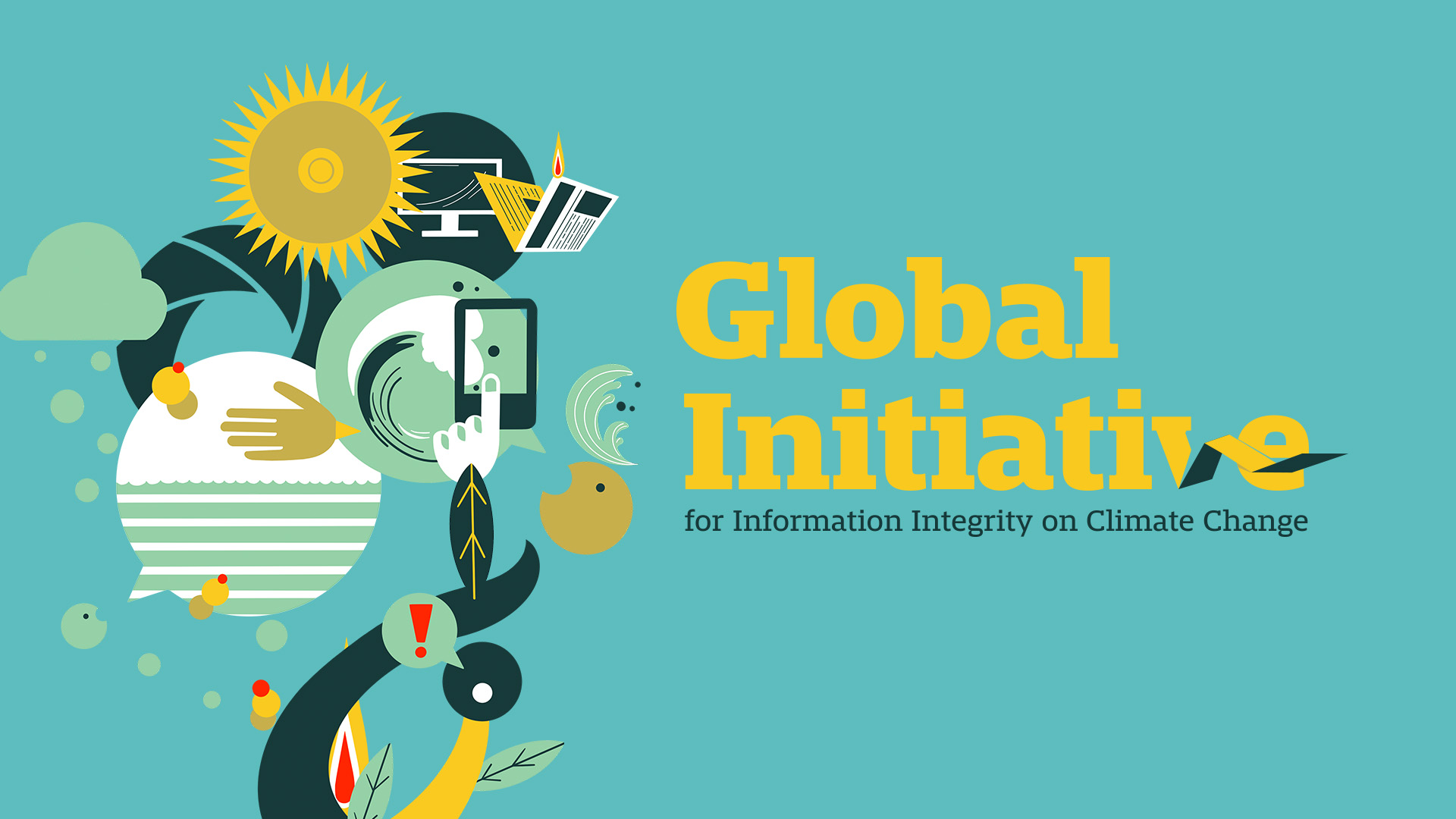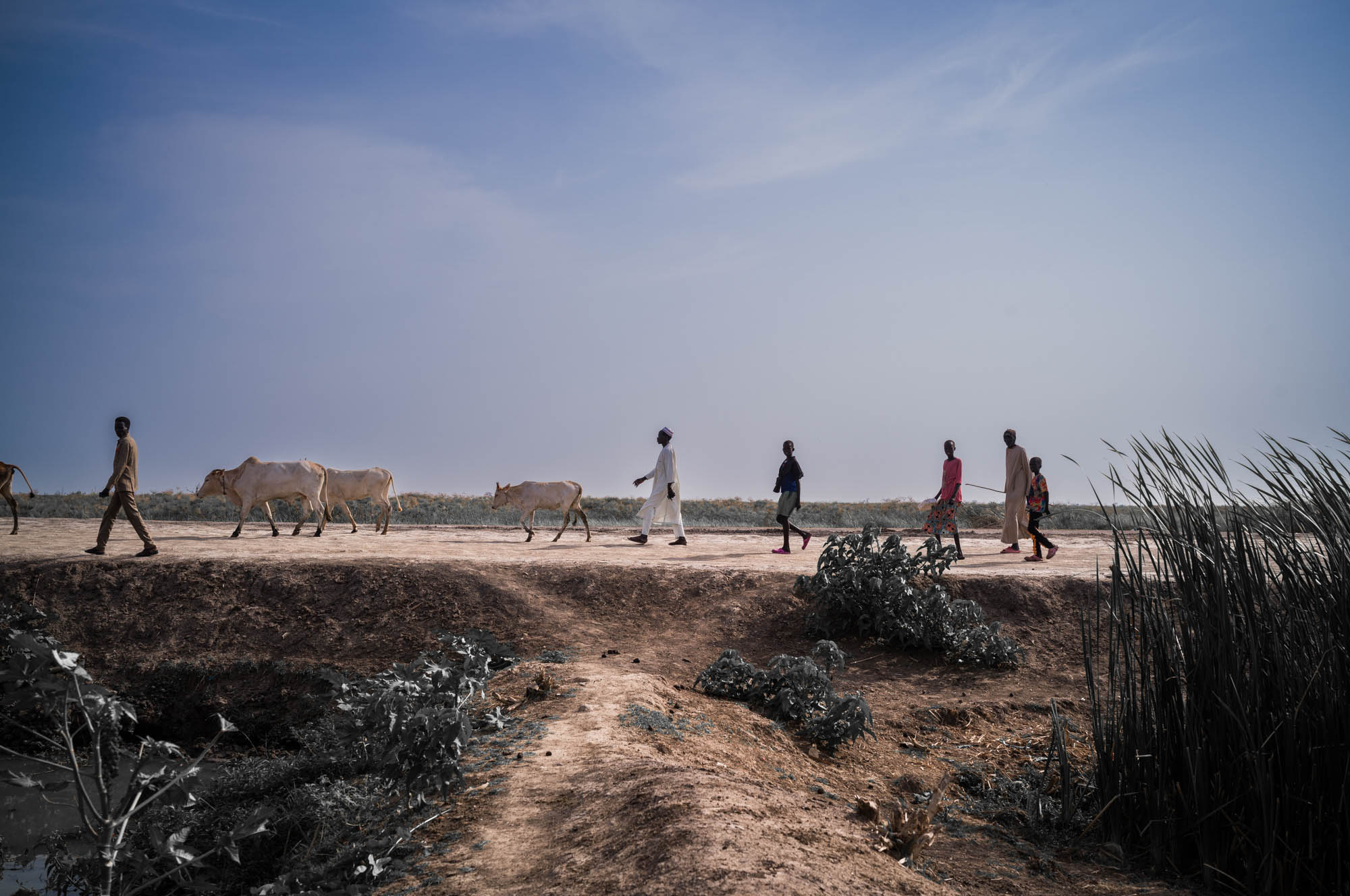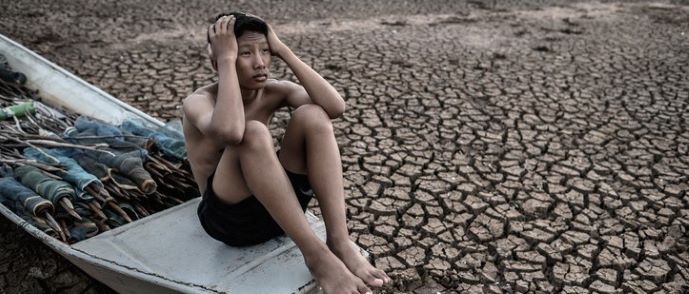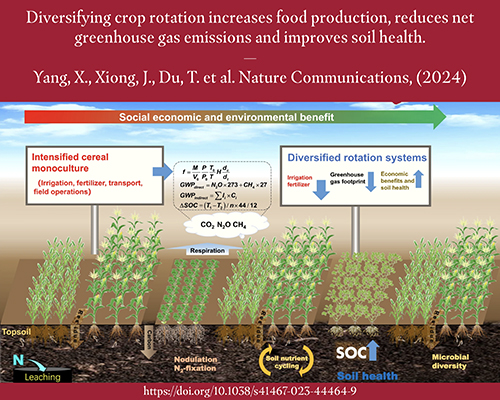Global Temperature Analysis Report: July 2025
Executive Summary
A prolonged period of record-breaking global monthly temperatures concluded in July 2025. However, data from the Copernicus Climate Change Service indicates that the month was the third-warmest July on record, underscoring the persistent trajectory of global warming. The global average temperature of 16.68°C was 1.25°C above the pre-industrial average. The 12-month rolling average remains at 1.53°C above pre-industrial levels, exceeding the critical threshold outlined in the Paris Agreement. This ongoing trend poses a significant threat to the achievement of the United Nations Sustainable Development Goals (SDGs), particularly those related to climate, health, and sustainable communities.
Implications for Sustainable Development Goals (SDGs)
The continued high temperatures and associated extreme weather events directly challenge the global community’s progress toward the 2030 Agenda for Sustainable Development. The data necessitates an urgent re-evaluation of current strategies and reinforces the interconnectedness of climate stability with broader development objectives.
SDG 13: Climate Action
- The 12-month average temperature exceeding the 1.5°C Paris Agreement limit highlights a critical failure in collective climate action.
- Expert warnings from the Copernicus Climate Change Service emphasize that without rapid stabilization of greenhouse gas concentrations, worsening climate impacts are inevitable, directly contravening the core objective of SDG 13.
- The breaching of climate tipping points, a potential consequence of failing to meet the 1.5°C target, would lead to irreversible damage, making future climate action exponentially more difficult and costly.
SDG 3: Good Health and Well-being
- Record-breaking “tropical nights” in South Korea and high nighttime temperatures globally pose a direct threat to human health, undermining SDG 3.
- Elevated nighttime temperatures prevent physiological recovery from daytime heat, increasing the risk of heat-related illness and mortality.
- A cited 2020 study quantifies this risk, finding that five consecutive nights with temperatures above 28°C could increase the mortality risk by 6.66%, placing significant strain on public health systems.
SDG 11: Sustainable Cities and Communities
- Extreme heat events, as recorded in Japan, South Korea, and Europe, place immense stress on urban infrastructure, including power grids and transportation systems.
- The phenomenon of “tropical nights” is particularly acute in urban areas due to the heat island effect, challenging the goal of making cities inclusive, safe, resilient, and sustainable.
- Catastrophic floods, mentioned as an ongoing effect of a warming world, further threaten urban and rural communities, requiring enhanced resilience and adaptation strategies as per SDG 11’s targets.
Regional Temperature Analysis: July 2025
Despite the end of the global record-breaking streak, several nations experienced unprecedented heat, demonstrating the localized and severe impacts of climate change.
- Japan: Recorded its warmest July on record, with the monthly average temperature 2.89°C above the 1991-2020 average. A new all-time national temperature record of 41.8°C was set in Isesaki City.
- South Korea: Endured a record 22 consecutive “tropical nights,” contributing to its second-warmest July on record and posing significant health risks to its population, a direct challenge to SDG 3.
- Nordic Countries: Finland, Sweden, and Norway experienced unusually high temperatures, with the mercury surpassing 30°C for multiple days. Norway registered its hottest day on record at 34°C on July 16.
- Iceland: Matched its warmest July on record (from 1933). On July 14, 70% of weather stations recorded temperatures above 20°C, with a high of 29.5°C, a significant deviation from its typical 10-15°C average.
Expert Outlook and Recommendations
Assessment from Climate Authorities
- Carlo Buontempo, Director, Copernicus Climate Change Service: Stated that the end of the record streak “doesn’t mean climate change has stopped.” He warned that new temperature records and worsening impacts should be expected unless greenhouse gas concentrations are rapidly stabilized, urging nations to prepare for these eventualities in line with SDG 13.
- Bjørn Samset, Researcher, Cicero: Characterized the summer of 2025 as “a clear illustration of how things will be,” noting that global warming will intensify in the coming decades. This forecast underscores the urgency of implementing long-term adaptation and mitigation strategies.
- Kristín Hermannsdóttir, Icelandic Meteorological Office: Described the temperature jumps in Iceland as “highly unusual,” providing further evidence of the accelerating and unpredictable nature of climate change impacts.
Analysis of Sustainable Development Goals in the Article
1. Which SDGs are addressed or connected to the issues highlighted in the article?
-
SDG 13: Climate Action
The article’s central theme is climate change, focusing on the urgent need to combat its impacts. It discusses rising global temperatures, the breaking of temperature records, and the consequences of continued greenhouse gas emissions, all of which are core components of SDG 13.
-
SDG 3: Good Health and Well-being
The article directly connects extreme weather events to human health. It highlights that high nighttime temperatures are “detrimental to human health,” disrupt sleep, and increase the “risk of illness and mortality,” citing a study that quantifies the increased risk of death. This establishes a clear link to SDG 3.
-
SDG 11: Sustainable Cities and Communities
The article mentions the impacts of climate change on human settlements, such as “catastrophic floods.” It also details record-breaking heatwaves in specific urban and national areas like Japan, South Korea, and various European countries, illustrating the vulnerability of cities and communities to climate-related disasters.
2. What specific targets under those SDGs can be identified based on the article’s content?
-
Target 13.1: Strengthen resilience and adaptive capacity to climate-related hazards and natural disasters in all countries.
This target is addressed through the warning from Carlo Buontempo that we must “prepare for” the “worsening of these impacts,” such as “extreme heat and catastrophic floods.” This points to the need for increased resilience and adaptation to climate-related hazards.
-
Target 3.d: Strengthen the capacity of all countries… for early warning, risk reduction and management of national and global health risks.
The article identifies extreme heat as a global health risk. The discussion of “high nighttime temperatures” being “detrimental to human health” and increasing the “risk of illness and mortality” underscores the need for better management and risk reduction strategies for health risks associated with climate change.
-
Target 11.5: By 2030, significantly reduce the number of deaths and the number of people affected… caused by disasters…
This target is relevant due to the mention of “catastrophic floods” and the specific data on mortality risks from heatwaves. The article cites a study finding that consecutive “hot nights” could “raise the risk of death by 6.66%,” directly relating to the goal of reducing deaths caused by disasters.
3. Are there any indicators mentioned or implied in the article that can be used to measure progress towards the identified targets?
-
Global Average Temperature Anomaly
The article is replete with this indicator. It explicitly states that the global average temperature was “1.25C above the pre-industrial average” and that the last 12 months were “1.53C above the pre-industrial level.” This metric is a primary indicator for tracking progress on climate action (SDG 13).
-
Greenhouse Gas Concentrations
This is mentioned as a root cause that must be addressed. The statement, “Unless we rapidly stabilise greenhouse gas concentrations in the atmosphere, we should expect not only new temperature records but also a worsening of these impacts,” implies that the concentration of these gases is a key indicator of success or failure in mitigating climate change.
-
Mortality Rate Attributed to Extreme Weather
The article provides a specific, measurable indicator related to health impacts (SDG 3) and disaster-related deaths (SDG 11). It cites a study that found five consecutive “hot nights” would “raise the risk of death by 6.66%.” This percentage serves as a direct indicator of the health risks posed by extreme heat.
-
Frequency and Intensity of Extreme Weather Events
The article’s focus on a “streak of global temperature records,” “record-breaking streak of ‘tropical nights’,” and “catastrophic floods” implies that the number and severity of these events are key indicators of worsening climate impacts.
4. SDGs, Targets, and Indicators Summary
| SDGs | Targets | Indicators |
|---|---|---|
| SDG 13: Climate Action | 13.1: Strengthen resilience and adaptive capacity to climate-related hazards and natural disasters. |
|
| SDG 3: Good Health and Well-being | 3.d: Strengthen the capacity of all countries for early warning, risk reduction and management of national and global health risks. |
|
| SDG 11: Sustainable Cities and Communities | 11.5: Significantly reduce the number of deaths and the number of people affected by disasters. |
|
Source: earth.org
